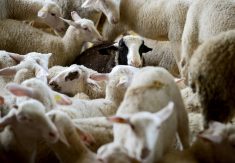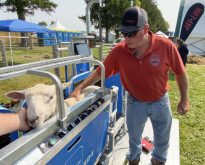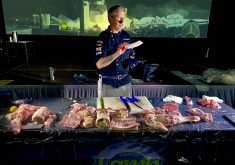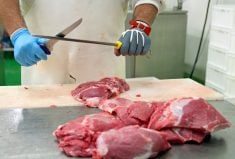As the federal and provincial governments invest in an expansion of Ontario’s meat processing capacity, Dufferin County aims to fill a processing void by building a cooperative plant from the ground up.
Dufferin’s Meat Processing Project is the first of its kind for the region, says Karisa Downey, manager of economic development. It’s designed to give local producers a localized option, particularly for smaller producers who face challenges filling orders and getting livestock to larger processors further afield.
Why it matters: Lack of processing capacity is a long-standing challenge for Ontario livestock producers. Supply chain disruptions and high demand in 2020 and 2021 exacerbated the problem.
Read Also
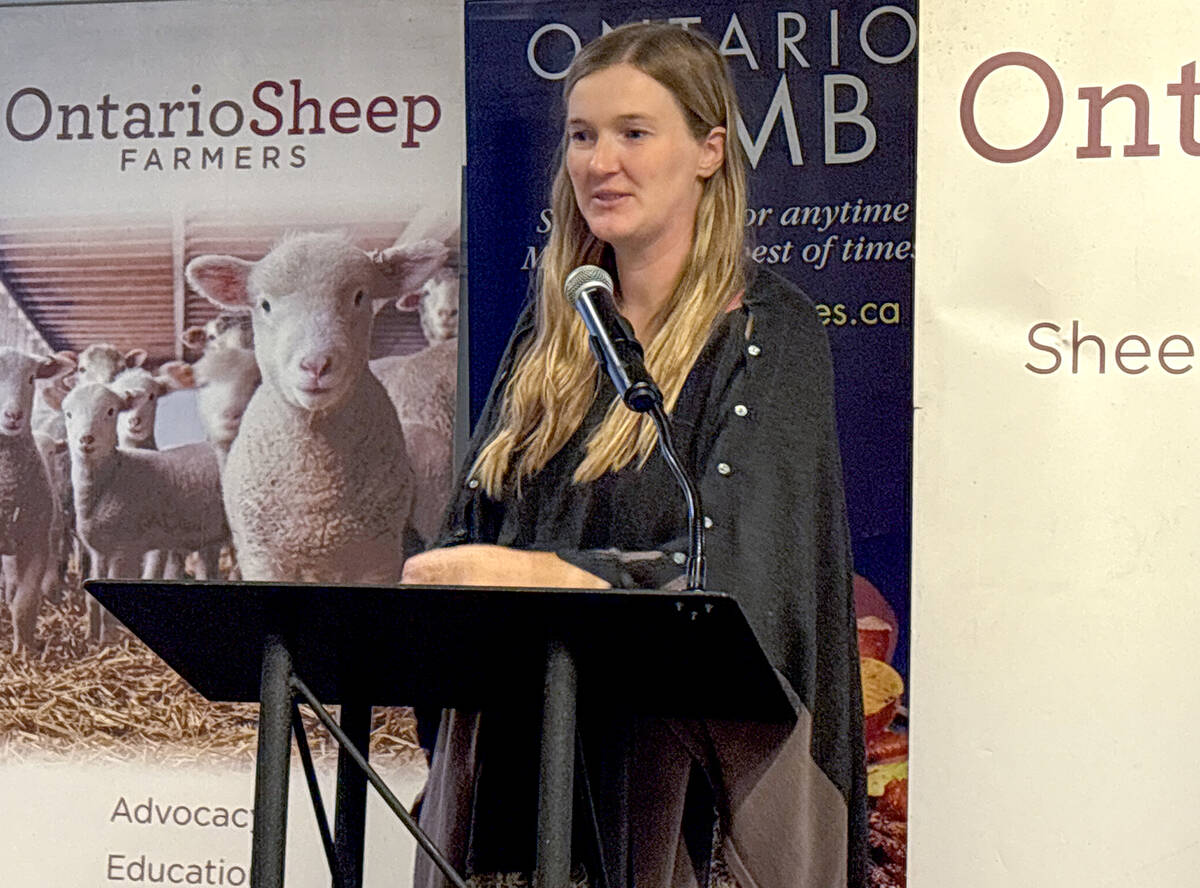
Footflats Farm recognized with Ontario Sheep Farmers’ DLF Pasture Award
Gayla Bonham-Carter and Scott Bade, of Footflats Farm, win the Ontario Sheep Farmers’ 2025 DLF Ontario Pasture Award for their pasture management and strategies to maximize production per acre.
“We heard more and more from our agricultural community that meat processing was a challenge,” says Downey, noting this was the case long before the pandemic spurred a surge in local demand.

“The bottleneck is at the processing side, not slaughter side. There appears to be slaughter capacity in the general area…We’re really trying to assist our local business owners in obtaining additional capacity. I think the best way we can do that is to have a facility that’s primarily producer onwards.”
The proposed beef, lamb and swine processing facility is intended to be 4,500 square feet, within an already-standing industrial building that allows for future expansion. The county also intended to include a retail outlet within the plant.
The proposed structure of the cooperative includes 60 per cent producer ownership, with the remaining 40 per cent coming from outside investors, which Downey believes will likely be partner abattoirs. Commitments from a minimum of 50 local farmers are required to make the project happen.
“The facility will only process beef, pork and lamb, essentially, again, due to supply, but also because it requires different equipment on the poultry side. If there were significant opportunity to expand into poultry, we would consider that,” Downey says.
Funds to develop Dufferin’s proposed facility were acquired through an Ontario Ministry of Agriculture, Food and Rural Affairs rural economic development grant.
The county’s acquisition comes at a time when the federal and provincial governments have committed up to $7 million to increase capacity in meat processing plants across Ontario. It follows a previous $7.2 million investment in 2020.
These investments come via the Canadian Agricultural Partnership’s Meat Processors Capacity Improvement Initiative, which provides up to $150,000 per project for handling and processing equipment to increase efficiency, productivity and food safety.
It will also cover consulting and engineering costs associated with planning future projects. The intake opened for applications on Nov.19, 2021.
Processing capacity not the only problem
Issues other than processing capacity continue to suppress resilience of Canada’s meat supply chain, according to a 2020 study commissioned by the Canadian Agri-Food Policy Institute.
“Simply building more, smaller/regional meat processing plants; engineering mandatory excess capacity into meat plants to provide additional space for workers; and increased use of automation in processing plants would not independently secure meat supply chain resilience,” reads a study summary excerpt. Three more requirements were identified in the study:
- Open markets are needed to increase resiliency. Keeping borders open, both provincially and internationally, will allow for greater flexibility and the free flow of livestock to alternate processing plants if processing must temporarily idle or volumes are reduced.
- Better transparency and flexibility in marketing/procurement contracts, in regards to [unforeseen circumstances] is needed to allow for redirecting livestock to other plants in the case of meat processing plants confronted by a sudden disruption.
- Government needs to find ways to facilitate smaller plants without directly supporting them. This can be done by reducing regulatory burdens, improving management and attracting talent. Better supply chain collaboration, relationships and strategies can help.







